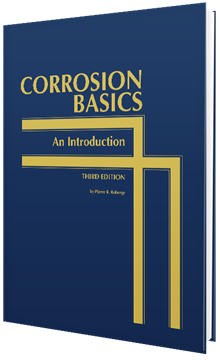Search
The Corrosion of Duplex Stainless Steels: A Practical Guide for Engineers
Also Purchased
Corrosion Basics: An Introduction, 3rd edition
Product Number:
37630-POD
ISBN:
978-1-57590-360-6
$248.00
Forms of Corrosion - Recognition and Prevention, 2nd Edition
Product Number:
37626-POD
ISBN:
978-1-57590-354-5
$215.00
Field Guide to Internal Corrosion Mitigation and Monitoring for Pipelines
Product Number:
37610-POD
ISBN:
978-1-57590-328-6
$130.00




